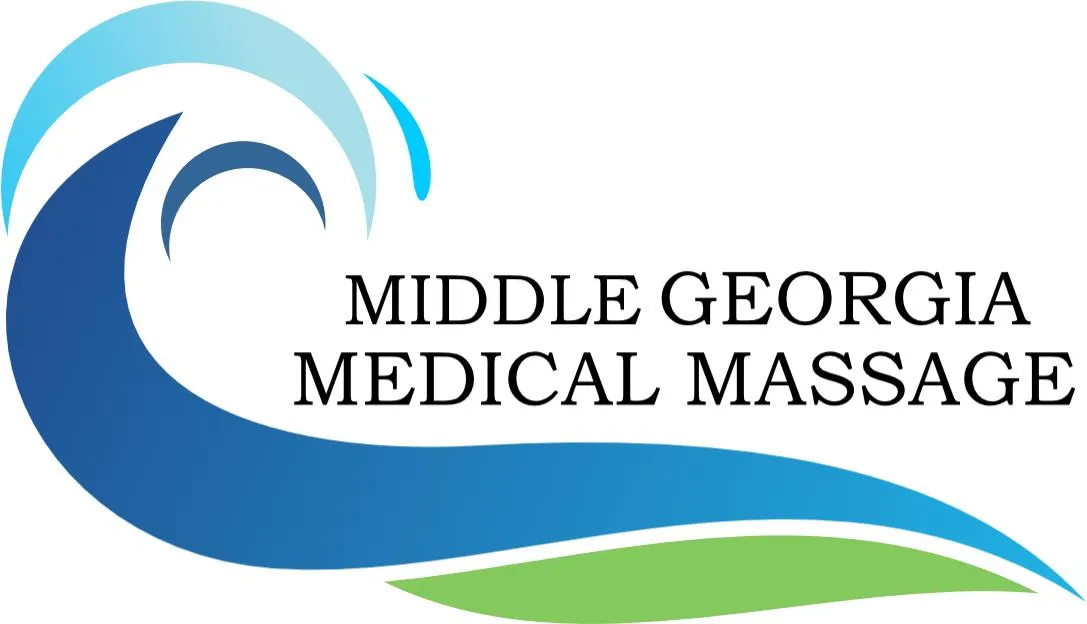Lymphatic Drainage Massage & Pathways
*Also known as Lymphatic Massage, Lymphatic Drainage Therapy, MLD, and Manual Lymphatic Drainage.
What is Lymphatic Drainage Massage?
Lymphatic Massage is a system of light circular strokes, moving at a particular speed and rhythm, that follow the direction of the lymph pathways. It facilitates the movement of fluid out of edematous tissues into the lymph system.
Lymph is an extracellular fluid in the body that flows through a particular watershed or “pattern”. Therefore, Lymphatic Massage must work in a particular pattern to be effective. First, lymph nodes must be stimulated, then excess fluid, toxins, debris, pathogens, and waste are cleared from vessels or channels closest to the lymph nodes. Once the backed up or “clogged” vessels are cleared, the excess found in the tissue space is brought to the vessels. First the anterior side of the body is cleared, then the posterior side is flushed to the anterior side, and finally the anterior side is cleared again. After completing each section, active range of motion exercises are completed by the client to facilitate movement of the lymph. No other type of movement is as effective in moving the fluid and encouraging clearing of the channels.
Completing this pattern out of order renders the work ineffective because you cannot move fluid from the tissues into a vessel that is blocked and stagnant.
Lymphatic Massage is a type of gentle massage which is intended to encourage the natural drainage of the lymph, which carries waste products away from the tissues back toward the heart.
Application of Lymphatic Drainage and Massage requires a fundamental understanding of the structure and function of the lymph system. Only then can we assist the body in clearing the tissues.
Lymph Massage described is useful when providing massage to generally healthy clientele. Therapists who wish to work with clients that have more serious lymphatic conditions are encouraged to seek further training and certification under the guidance of qualified instructors.
Superficial Lymph Pathways:
The target of lymphatic drainage massage is superficial lymphatic capillaries. They are located a few millimeters below the skin surface in the dermis.
It is estimated that these superficial lymph vessels account for approximately 70% of the lymph circulation in the body.
Superficial lymph circulation is divided into 5 lymphotomes (drainage areas). There are four in the trunk and one for the neck. Each one has its own central node.
The trunk is divided into four drainage areas: the upper right, the upper left, the lower right and the lower left. Each quadrant corresponds with an adjacent limb.
The margins of the lymphotomes are called watersheds.
A watershed is the separation of flow of lymph into different drainage territories.
** within the borders of each lymphotome, all the superficial lymph vessels from the entire area and from the adjacent limb drain into the proximal nodes located closest to that area.
TYPES OF MASSAGE
CONDITIONS TREATED
Frozen Shoulder
Cervical Strain
Torticolis
Whiplash
Lumbago
TMJD
Plantar Fasciitis
Tennis/Golfers Elbow
Fibromyalgia
Arthritis
Strain/Sprain
Scoliosis/Kyphosis/Lordosis
CONDITIONS TREATED
Frozen Shoulder
Cervical Strain
Torticolis
Whiplash
Lumbago
TMJD
Plantar Fasciitis
Tennis/Golfers Elbow
Fibromyalgia
Arthritis
Strain/Sprain
Scoliosis/Kyphosis/Lordosis


Sandy Chase, LMT, MMP - Lic. # MT003469
Copyright © 2025 Middle Georgia Medical Massage LLC, All Rights Reserved · 2134 Georgia HWY 18 East · Macon, GA · 31217
Sandy Chase, LMT, MMP - Lic. # MT003469
Copyright © 2025
Middle Georgia Medical Massage, All Rights Reserved
2134 Georgia HWY 18 East · Macon, GA · 31217
The information contained on this site herein is for educational purposes only and is not meant for diagnosis or treatment. Any information found on this site should be discussed with a health care professional. Use of this information should be done in accordance with the health care plan outlined by your health care professional. For specific medical advice, diagnosis and treatment, consult your doctor.
